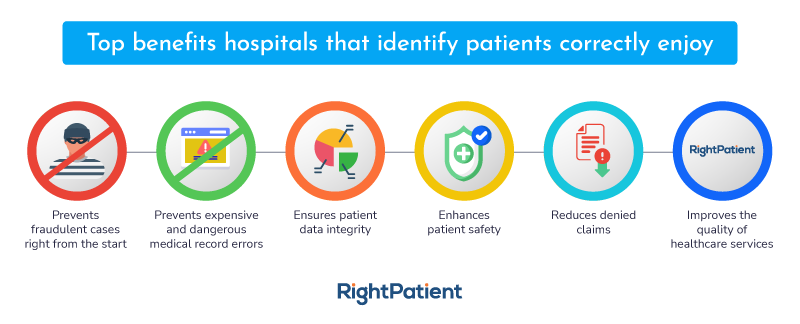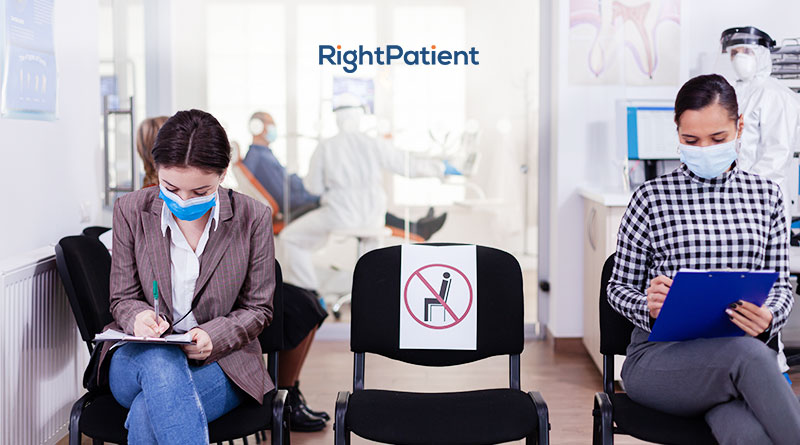The Importance of EHRs Shows Why Medical Record Errors Must be Prevented

When caregivers are asked about the most important tool they have at their disposal to treat their patients, what answers are expected? Some would say their healthcare team, the cutting edge technology/procedures they have access to, the different solutions they have that improve healthcare outcomes, and so on. However, the most underrated and crucial tool is definitely the electronic health records or EHRs. Think of it – where would healthcare be without EHRs? EHRs ensure that the right information regarding the right patient is provided to the right medical team. However, this is applicable only as long as certain issues are prevented, especially medical record errors.
That being said, let’s take a deeper dive into how EHRs are the most important tool for healthcare providers and why ensuring patient data integrity is a must.
Healthcare is evolving but the starting point remains the same
Let’s go back to a time before the deadly pandemic. If someone went to a healthcare provider and told them that telehealth would become mainstream in the future, the provider would most likely say that they’re crazy! Look at the reality now – telehealth is still preferred by many, even while users are decreasing due to hospitals opening up.
Healthcare has been evolving – rapidly in some areas and steadily in others. One certain thing is that healthcare isn’t limited to the four walls of hospitals and health systems anymore – one of the consequences of the pandemic. However, whether it’s in-person visits or virtual ones (telehealth/telemedicine), the foundation for providing care to patients remains the same – EHRs.
EHRs are more important than most realize
Patients, caregivers, and others are quite satisfied with telehealth now.
Patients on the younger side have stated that they would like to continue using telehealth even if the national health emergency is over. That’s probably because it’s more convenient, easier, and safer – all the patients need is an internet connection with a communication device.
Caregivers have a bit more complex process to go through.
Caregivers who are providing telehealth services have to consider a lot of factors – the telehealth platform, the portal, the EHR system, identifying the right patient, rules and regulations, ensuring patient safety online, and more. Also, while providing virtual services to the patients, the physicians need to ensure that the necessary information is being fed to the EHRs of the patients accurately – just as they do during an in-person visit.
The bottom line is that whether the healthcare provider is seeing the patient within their facility or online, the one thing that basically remains constant is the patient’s EHR. However, issues such as medical record errors can mess EHRs up, derailing healthcare outcomes among other things – let’s see how.
Why it’s crucial to prevent medical record errors
One of the starting points of providing healthcare is the EHR. When the patient interacts with their healthcare provider, usually to schedule an appointment, one of the first things done by the caregiver is pulling up the patient’s EHR. It basically provides the entire medical history, recent lab test results, and other information required to treat the patient. Moreover, any new information captured by the caregiver will be added to the EHR. EHRs, by providing timely, relevant, comprehensive, and accurate information to the physicians, improve healthcare outcomes, optimize healthcare delivery, boost coordinated care, and reduce adverse events.
Now, imagine if an inaccurate EHR is selected – the consequences can be devastating!
Medical record errors such as duplicates and overlays lead to patient mix-ups. Patient A’s treatment will be based on patient B’s medical record, leading to detrimental healthcare outcomes, adverse effects, and worse. Patient data within the EHRs becomes unreliable as it is fragmented, erroneous, and inconsistent.
However, all of this can be prevented with positive patient identification with RightPatient.
RightPatient prevents medical record errors – and more!
By identifying patients correctly right off the bat, RightPatient ensures that accurate, high-quality data is fed to the EHRs every time the patient checks in for a healthcare visit. Patients only need to look at the camera – the touchless biometric patient identification platform does the rest.
With RightPatient, responsible healthcare providers are not only ensuring patient data integrity, but they are also improving patient outcomes, preventing patient safety incidents, and providing optimal healthcare services to patients.

































